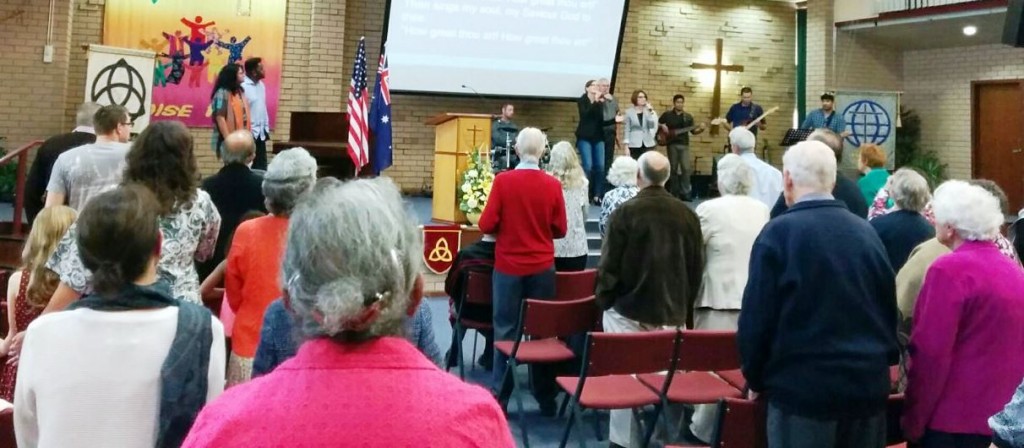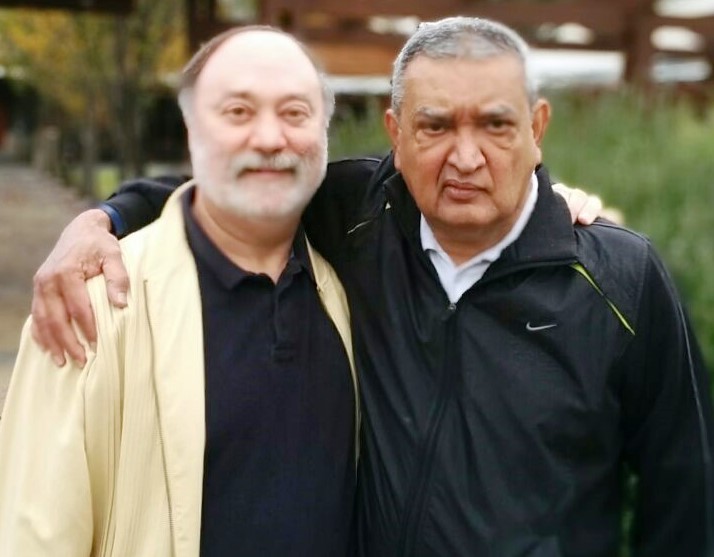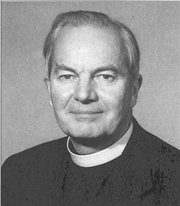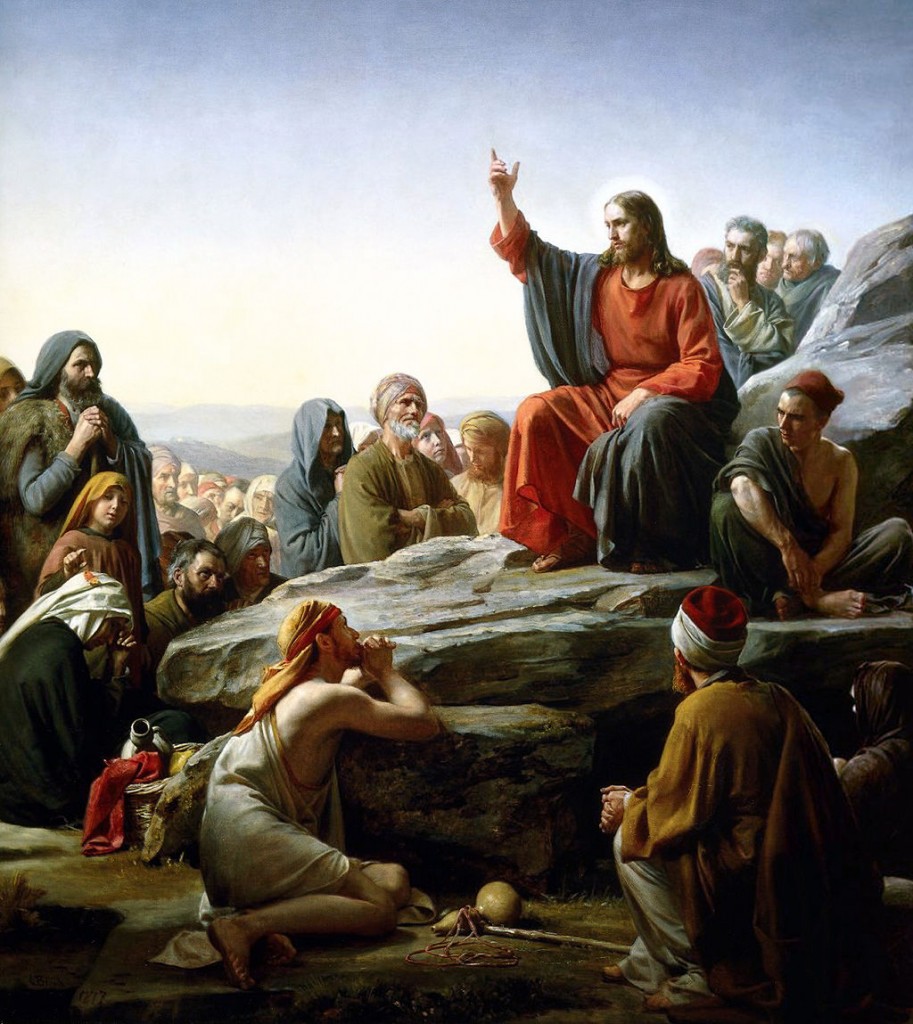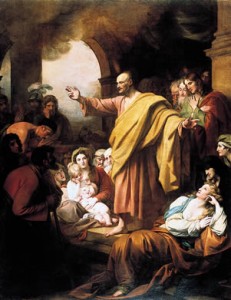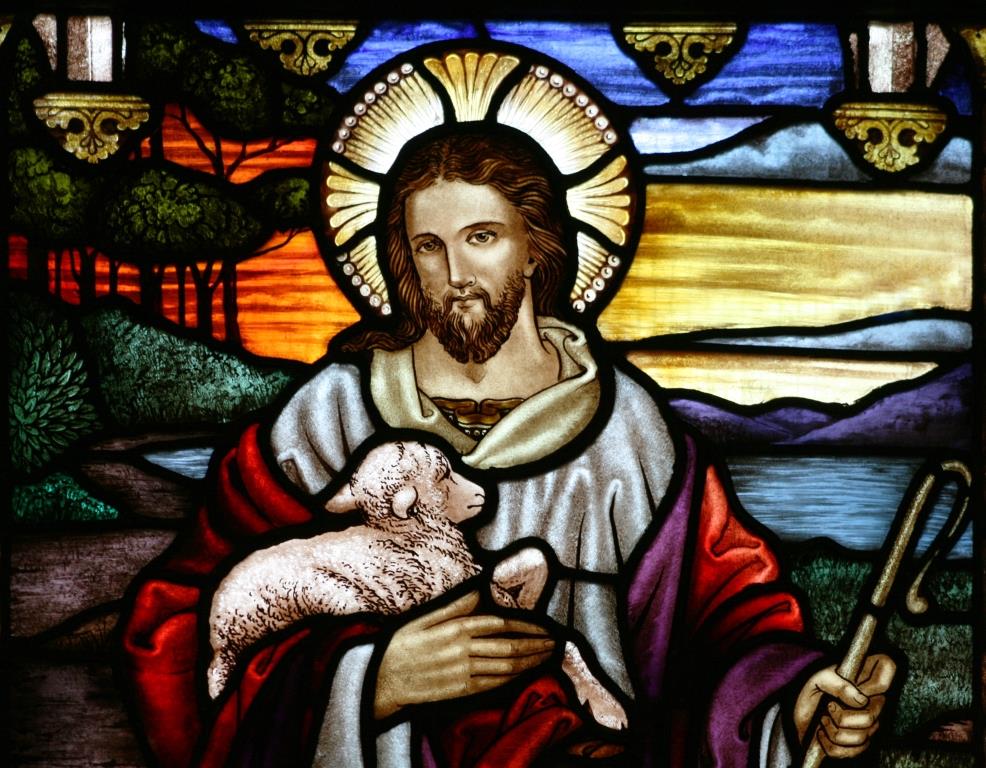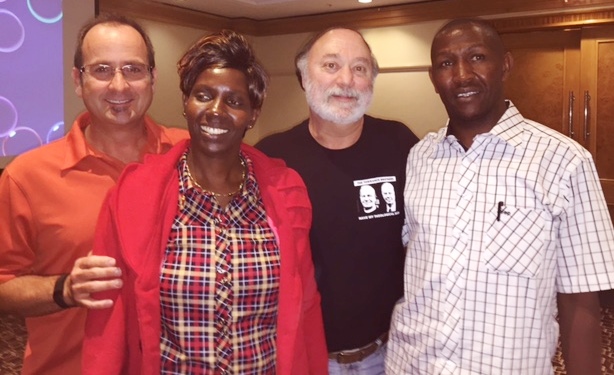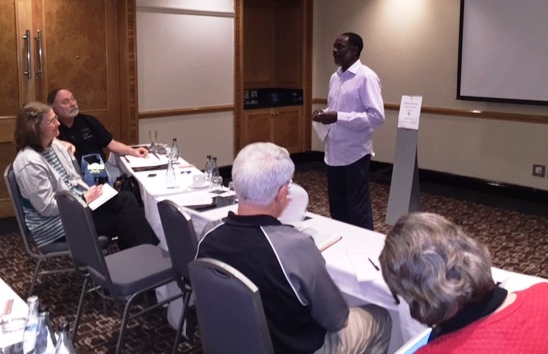Dear Brothers and Sisters,
 Last month several GCI pastors participated in hands-on evangelism training called “Outside the Walls.” It was facilitated by Heber Ticas, national coordinator of GCI Church Multiplication Ministries in partnership with Pathways of Grace, one of our congregations near Dallas, Texas. Training began with classroom instruction on Friday and continued Saturday morning when the pastors joined members from the congregation in going door-to-door in neighborhoods surrounding the church meeting place to invite members of the community to participate in a children’s fun day held later that day.
Last month several GCI pastors participated in hands-on evangelism training called “Outside the Walls.” It was facilitated by Heber Ticas, national coordinator of GCI Church Multiplication Ministries in partnership with Pathways of Grace, one of our congregations near Dallas, Texas. Training began with classroom instruction on Friday and continued Saturday morning when the pastors joined members from the congregation in going door-to-door in neighborhoods surrounding the church meeting place to invite members of the community to participate in a children’s fun day held later that day.

Two of our pastors knocked on one door and told the man of the house they were representing the congregation, then mentioned the fun day. The man told them he didn’t believe in God because God wasn’t fixing the world’s problems. Rather than walking away, the pastors continued to talk with the man. They learned that he is a conspiracy theorist who believes religion is the cause of many of the world’s problems. The man was shocked when the pastors agreed that the man had a valid point and noted that Jesus wasn’t particularly fond of religion either. The man replied that he keeps asking questions and searching for answers. Another shock came when our pastors encouraged him to keep doing so. “No one has ever told me that before,” he replied. One pastor explained, “I believe as you ask questions, you will come to be open to some real answers—ones only God can give you.” After about 35 minutes, the man apologized for being so abrupt and confrontational and said he liked the way our pastors thought about God. The conversation ended with one of our pastors telling him: “The God I know and love, loves you and wants a relationship with you—he’s not all that concerned or worried about your conspiracy theories or your hatred of religion, and when the time is right, he will reach out to you and you will know it’s God and I believe you’ll respond accordingly.” The man looked at him and said, “That’s cool. Thanks for listening and thanks for taking time to talk with me.”
You can learn more about the Dallas-area Outside the Walls event in the article in this issue. I share this story from the event because it illustrates an important truth: people living in darkness are positively impacted when the light of Christ is openly shared with them. The contrast of light with darkness is a metaphor frequently used in Scripture to contrast good (or knowledge) with evil (or ignorance). Jesus used it to speak of judgment and sanctification:
And this is the judgment: the light has come into the world, and people loved the darkness rather than the light because their works were evil. For everyone who does wicked things hates the light and does not come to the light, lest his works should be exposed. But whoever does what is true comes to the light, so that it may be clearly seen that his works have been carried out in God (John 3:19-21 ESV).
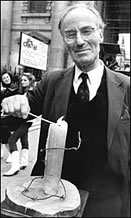
The familiar saying, “Better to light a candle than curse the darkness,” was first spoken in public in 1961 by Peter Benenson, the British lawyer who founded Amnesty International. A candle encircled with barbed wire became the society’s emblem (see picture at right). The apostle Paul said something similar in Romans 13:12 (ESV): “The night is far gone; the day is at hand. So then let us cast off the works of darkness and put on the armor of light.” This is what our two pastors, going door-to-door in a Dallas-area neighborhood did for one man who lives in darkness. In doing so they put into practice what Jesus told his disciples in Matthew 5:14-16:
You are the light of the world. A town built on a hill cannot be hidden. Neither do people light a lamp and put it under a bowl. Instead they put it on its stand, and it gives light to everyone in the house. In the same way, let your light shine before others, that they may see your good deeds and glorify your Father in heaven.
I think we sometimes underestimate our ability to impact the world for good. We tend to forget that impacting just one person with the light of Christ can make a tremendous difference. Sadly, as shown in the cartoon above, some prefer to curse the darkness rather than shine that light; some prefer to point out sin rather than share God’s love and grace.
Though the darkness can overwhelm us at times, it never overwhelms God. We must never let our fear of evil in the world cause us to lose focus on who Jesus is and what he calls us to do. Remember that he reassures us that darkness cannot overcome the light. Even though we may feel like a very small candle in the midst of pervasive darkness, even a small candle offers life-giving light and warmth. Even the seemingly small ways we reflect Jesus, the light of the world, are never without positive benefit.
Jesus is the light of the whole cosmos, not just the church. He takes away the sin of the world—not just of believers. Through Jesus, in the power of the Spirit, the Father has taken us out of darkness and into the light of a life-giving relationship with the triune God who promises to never let us go. That is the good news (the gospel) about every person on the planet. Jesus is in union with all people, whether they know it or not. The two pastors talking to the atheist knew him to be a beloved child of God who, sadly, was still living in darkness. But instead of cursing that darkness (or the man!), the pastors chose to follow the lead of the Spirit to participate with Jesus in fulfilling the Father’s mission to a world living in darkness. As children of light (1 Thessalonians 5:5), they were willing to be light-bearers.
The Outside the Walls event continued on Sunday when some of the people in the community responded positively to invitations to attend our church. Though several came, the man the two pastors spoke with did not. It’s not likely he’ll show up at church any time soon. But getting him to come to church was not the purpose of the conversation. The man was given something to think about—a seed was planted in his mind and heart; a relationship with the church was begun that hopefully will continue. Because that man is a child of God, we are assured that God will continue to bring Christ’s light to him, and Pathways of Grace will likely have a part in what God is doing in that man’s life.
Let each of us follow the Spirit in sharing Christ, the light of God, with others. As we grow deeper in our relationship with the Father, Son and Spirit, we glow more and more brightly with God’s life-giving light. This is true of us as individuals, and as congregations. I pray that our congregations will shine even brighter light by reaching outside their walls to let their life in Christ by the Spirit flow out to the community around their place of meeting. As we include others in our corporate life by offering them God’s love in little and big ways, the darkness begins to dissipate and our communities will reflect more and more of the light of Christ.
Shining the light of Christ with you,
Joseph Tkach
PS: I’m looking forward to participating in the “Good News Festival 2015” coming up this fall in Maryland. You can find information about it and other worship festivals on the GCI Events webpage at www.gci.org/events.






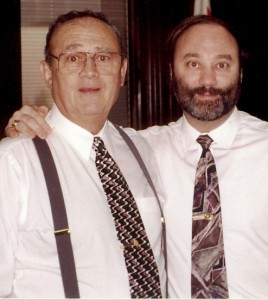
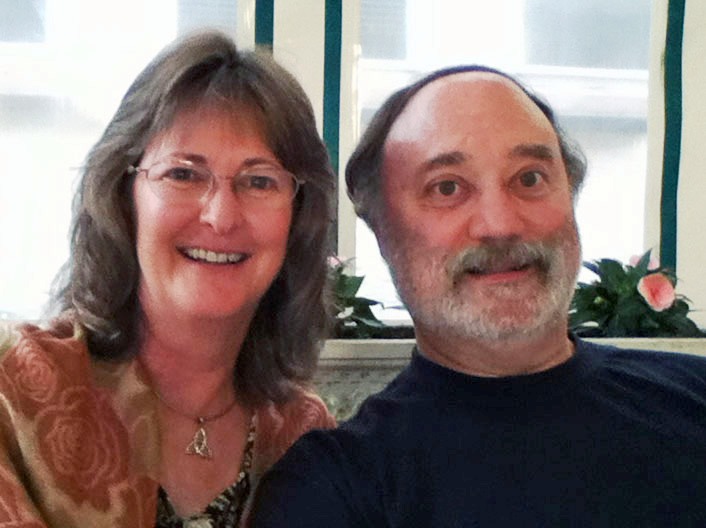
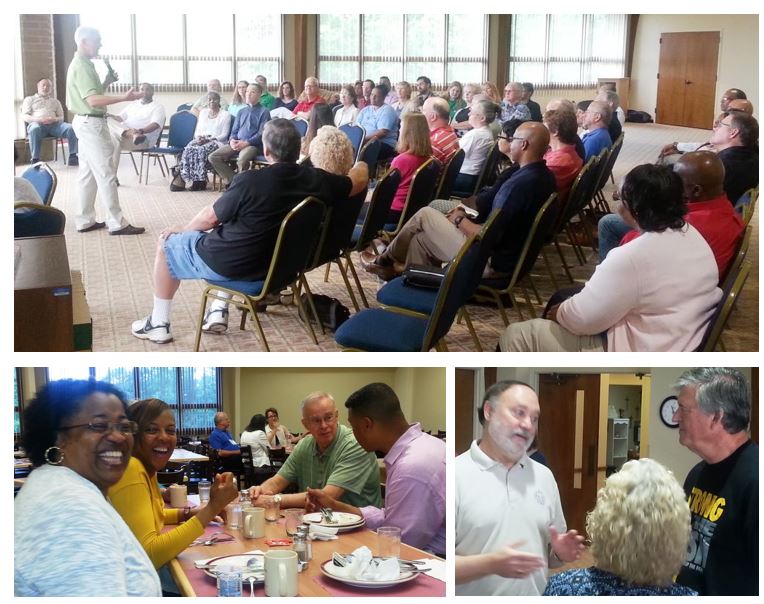

 This year, rather than holding regional conferences focused on resourcing and training pastors and other church leaders, we opted to hold these pastors’ retreats. Our primary goal in doing so was to affirm our pastors and their spouses, letting them know how much we appreciate them, and giving them time to rest, rejuvenate and build relationships.
This year, rather than holding regional conferences focused on resourcing and training pastors and other church leaders, we opted to hold these pastors’ retreats. Our primary goal in doing so was to affirm our pastors and their spouses, letting them know how much we appreciate them, and giving them time to rest, rejuvenate and build relationships.
